Ayers Rock / Uluru and Kata Tjuta / The Olgas
- Katie Mather
- Feb 20, 2019
- 4 min read
Updated: Nov 24, 2022
An extraordinary trip to Ayers Rock in the outback is definitely a must for any traveller's bucket list when venturing to Australia.

Ayers Rock, also known by it's Aboriginal name Uluru, is a large sandstone rock formation in central Australia, in the Northern Territory, and is located within the Uluru - Kata Tjuta National Park.
Uluru is 350 km south west of Alice Springs, which is the nearest large town and the rock is a sacred part of Aboriginal mythology.
Visitors to Uluru can climb the rock as well as walk around and explore the base of it, which is about a 10 km walk.

Ayers Rock is one of Australia's most famous and impressive landmarks. Here are some quick facts about the sheer size of the Aussie icon. It is:
862.5 metres above sea level
348 metres high
3.6 km long (2.2 miles)
1.9 km wide (1.2 miles)
9.4 km or 5.8 miles around the base (walking)
covers 3.33 km² (1.29 miles²)
extends several km/miles into the ground, it is not exactly known how far
Uluru is estimated to be around 550 million years old, and would have originally sat at the bottom of a sea. It is the hard rock of a mountain left over after softer areas have eroded away, over millions and millions of years.
The rock has eroded valleys and ridges and little or no vegetation. The area around it however, has a number of springs, waterholes, rock caves, and ancient paintings.
The striking orange-red color of Ayers Rock is due to surface oxidation of its iron content, otherwise the formation would look more grey.

I visited Uluru from Alice Springs which is about a 5 hour drive, and the accommodation area is about 20 km from the rock and this is where we camped. (Ayers Rock Resort Campground)
I stayed for 2 nights and I would recommend at least this amount of time to properly experience the wonder and magnificence of the stunning, sacred rock.
Visitors must purchase a park pass for the Uluru - Kata Tjuta National Park before entering and this is valid for 3 days.
Ayers Rock is best observed at sunrise or sunset, and I was fortunate enough to experience both.
Our first evening we drove to the sunset viewing point and watched in awe. One of the most magical things about it is that it looks completely different at dawn, throughout the day and at dusk, as natural light influences the colour of the rock.
We rose extremely early the following morning, this time driving to the sunrise viewing point and witnessed the sun slowly climbing up beside the rock, revealing magical colours in the sky and a flaming red Uluru.
I think the best way to experience Uluru is to do the base walk which is mostly flat and around 10 km and literally guides you the entire way round the rock. As always in the outback I would suggest to start early, avoiding the harsh sunlight and heat and would recommend taking comfortable hiking shoes/trainers, a sunhat, sunscreen and plenty of water.
As Uluru is endlessly photogenic there are so many spots to stop and capture the beauty and magnificence of it. But also remember just to take a step back and admire the ancient, awe-inspiring natural landmark.
The companion to Uluru..
Kata Tjuta, also known as The Olgas, is a group of 36 large dome shaped rocks spread over an area of about 20 km and located 25 km west of Uluru in the Northern Territory, the tallest of which is 546 metres high.

Kata Tjuta is an Aboriginal word meaning 'many heads' and it is a very sacred sight for the Aboriginal people. It was formed at the same time as Uluru, and was once just one giant monolith as Uluru is now, but has weathered down over the years to create this unusual but spectacular result.
Again, I feel that the best way to experience the intriguing and mesmerizing sight of Kata Tjuta is by exploring on foot and taking a walk in and around the majestic red domes.
There are a number of different walking trails you can choose from, ranging from easy strolls to more challenging hikes.
The 2.6 km Walpa Gorge Walk is one of the shorter and easier trails around Kata Tjuta and the longest trail is the 7.4 km Valley of the Winds Walk. This one takes around 4 hours to complete and it will take you between the domes, through creek beds and to the Karu and Karingana lookouts.


As this is central Australia and temperatures can reach incredibly high numbers I'd recommend starting your walk during the early morning. Also this way the wildlife is more active and you may beat large crowds, giving yourself an all round better experience.
I visited Kata Tjuta after Uluru, so drove from a picturesque Ayers Rock sunrise and spent one day exploring the stunning red domes that make up this wonderful landmark. I ventured into the region and explored the Valley of the Winds, going on a journey between the domes and was surrounded by such scenic beauty.

You will definitely find plenty of picture perfect shots here so allow yourself the time to absorb the remarkable surroundings you are in.
Seeing the vast red walls of the domes towering above you, against the greenery and the bright blue skies is such a spectacular moment to experience.



I really wouldn't miss either of these extraordinary Aussie outback landmarks when travelling Australia; they are both a must see. It's one thing seeing photos featuring Uluru and Kata Tjuta, but it's on a whole new level experiencing the majestic wonder and beauty with your own eyes.
















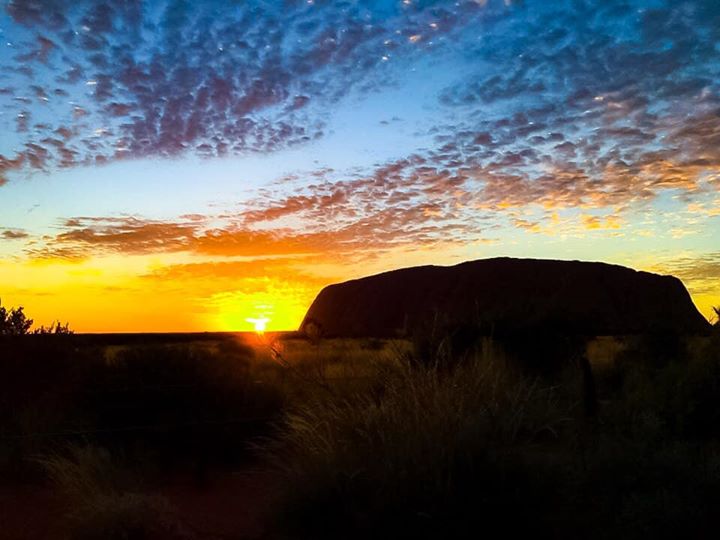



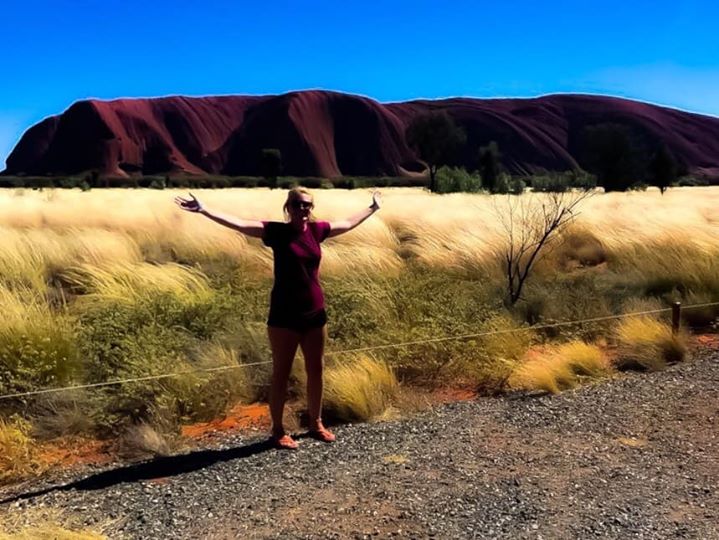

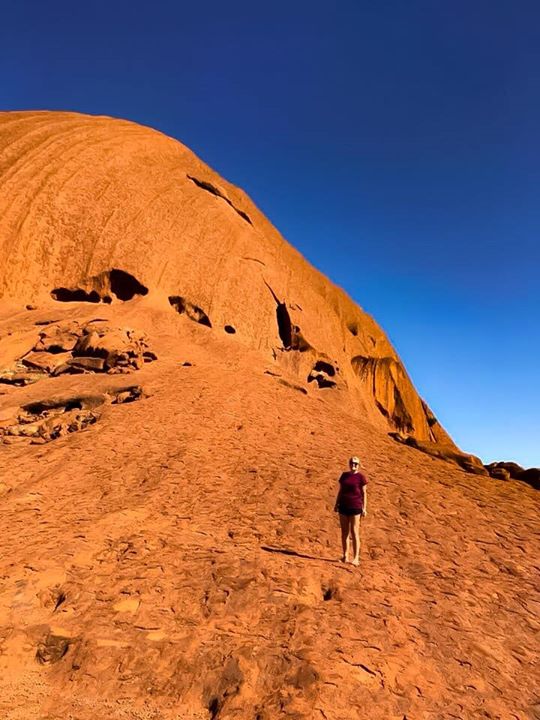

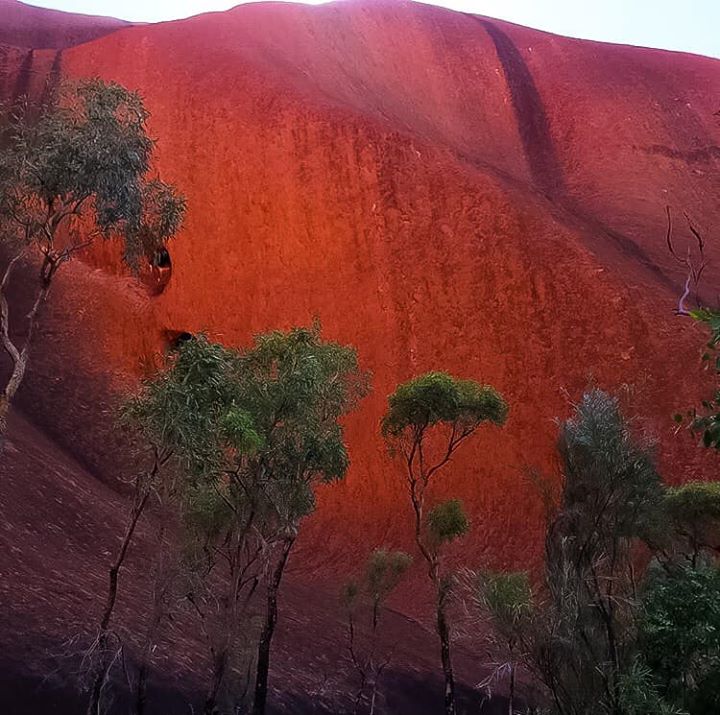



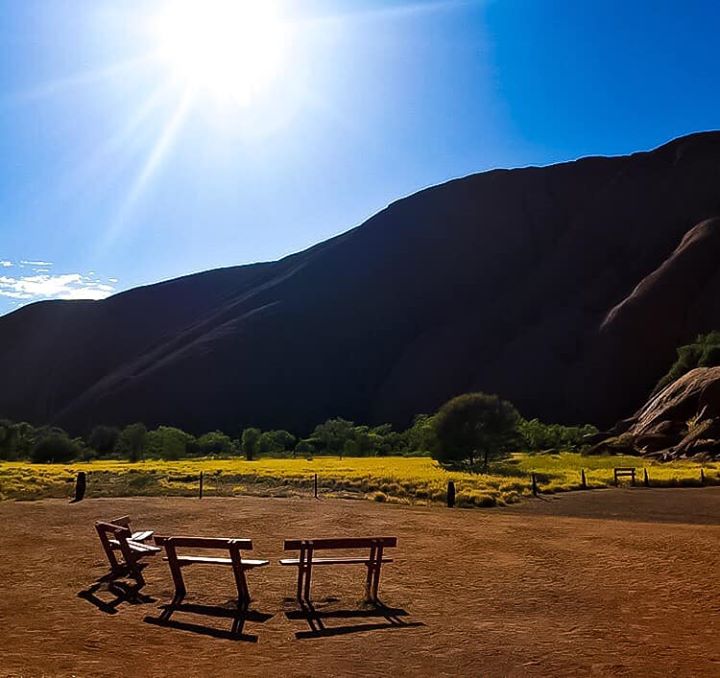
Comentários